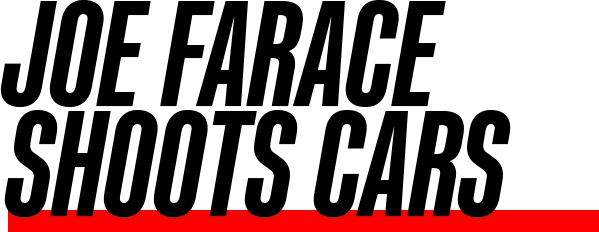Today’s Post by Joe Farace
 In a post on my main blog about digital infrared photography I talked about the importance of obtaining the proper exposure but as significant as this is for IR, it’s really crucial for every photograph that you make. That’s because proper exposure is a perfect storm of shutter speed, aperture and ISO that produces a pleasing result.
In a post on my main blog about digital infrared photography I talked about the importance of obtaining the proper exposure but as significant as this is for IR, it’s really crucial for every photograph that you make. That’s because proper exposure is a perfect storm of shutter speed, aperture and ISO that produces a pleasing result.
Pleasing to whom, you might ask? I strongly believe that only you are the ultimate arbiter of what is “correct” but one way to objectively evaluate a particular image’s exposure is to use your camera’s histogram function. The histogram is a graph showing a photograph’s range of light values in 256 steps. Zero is on the left side and represents pure black; 255 is on the right-hand side and represents pure white or the famous “Polar Bear in a Snowstorm.” In the middle are the mid-range values representing grays, browns, and greens.

How I made this photo: This classic Bentley was photographed using a Canon EOS-1D Mark II N and 28-105mm f/3.5-4.5 II USM lens and an exposure of 1/160 sec at f/7.1 and ISO 200. The useful EF 28-105mm f/3.5-4.5 II USM lens has been discontinued but you can pick up a used one on Amazon for approx. $200, as I write this.
On a typical photograph, the histogram will show that all of the tones are captured when the graph rises from the bottom left corner, reaches a peak in the middle, then descends towards the bottom right creating a “bell-shaped” curve because it’s, well, shaped like a bell. If the histogram’s curves starts out too far in from either side or the slope appears cut off, then exposure data is missing and the image’s contrast range may exceed the camera’s capabilities or the exposure that was chosen by you or the camera for that specific image.
While the classic histogram features a bell-shaped aka Gaussian curve, not every photograph fits this type of distribution. Dramatic images with lots of light or dark tones areas often have lopsided histograms but that doesn’t mean they aren’t correctly exposed for that subject matter.

Along with photographer Barry Staver, Joe is co-author of Better Available Light Digital Photography with new copies available from Amazon $21.50 or used copies starting at giveaway prices—five bucks— as I write this.
